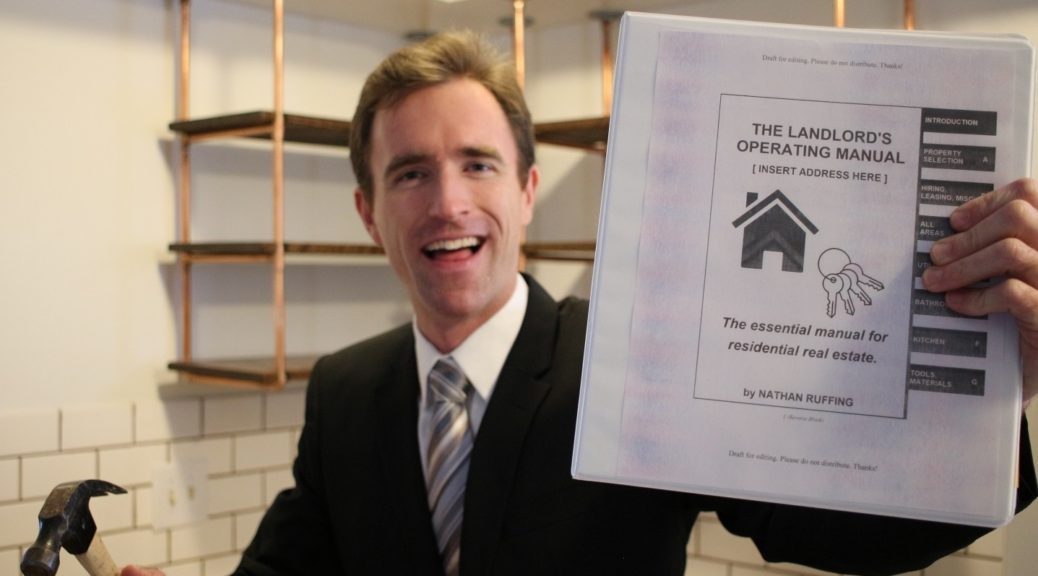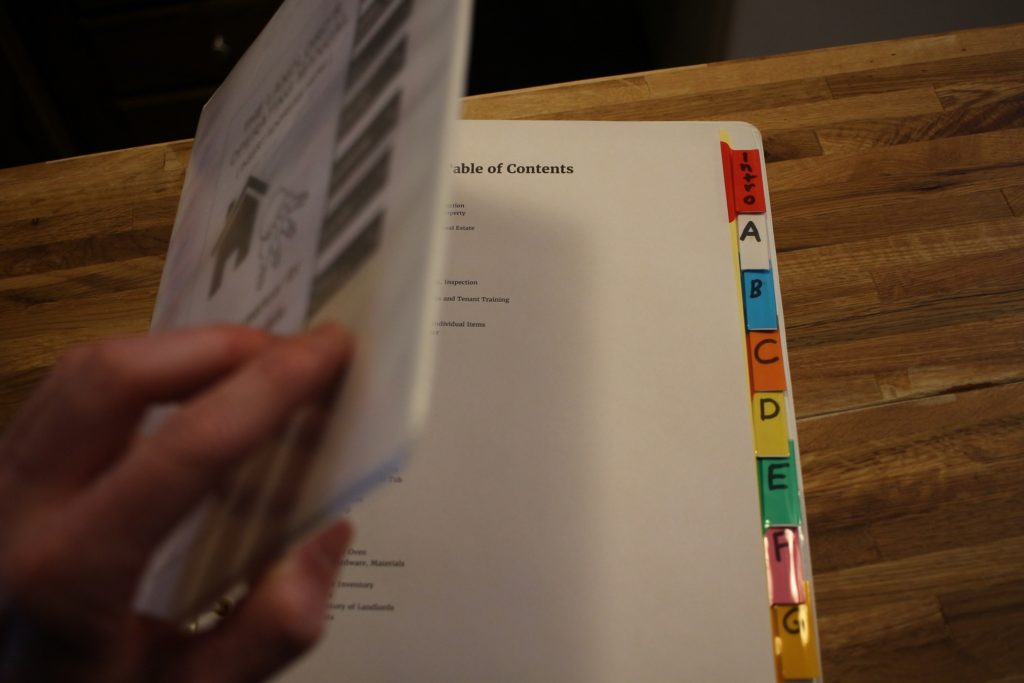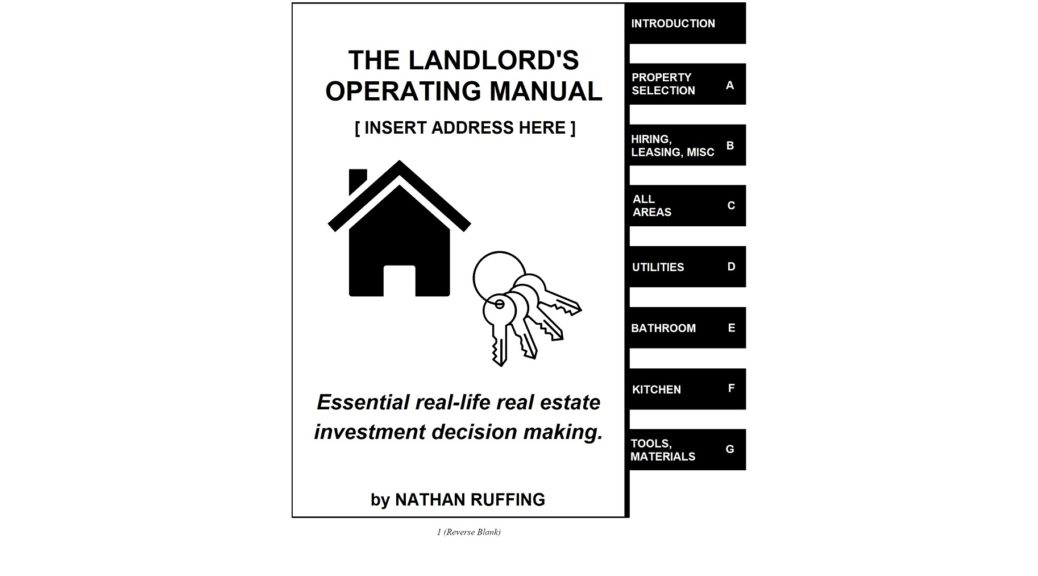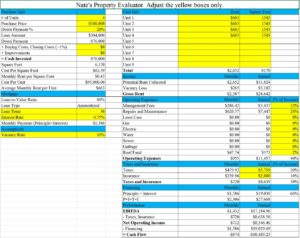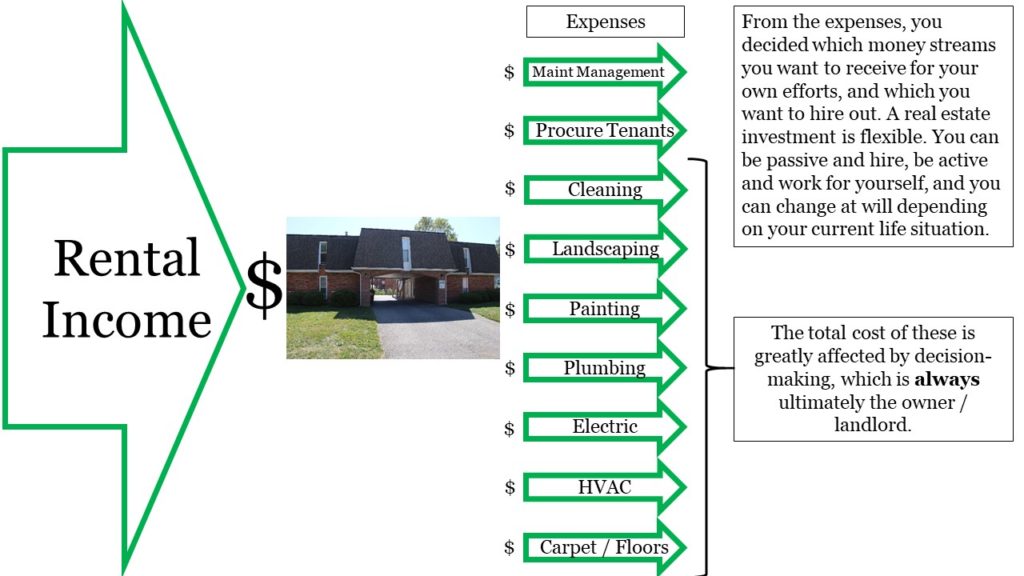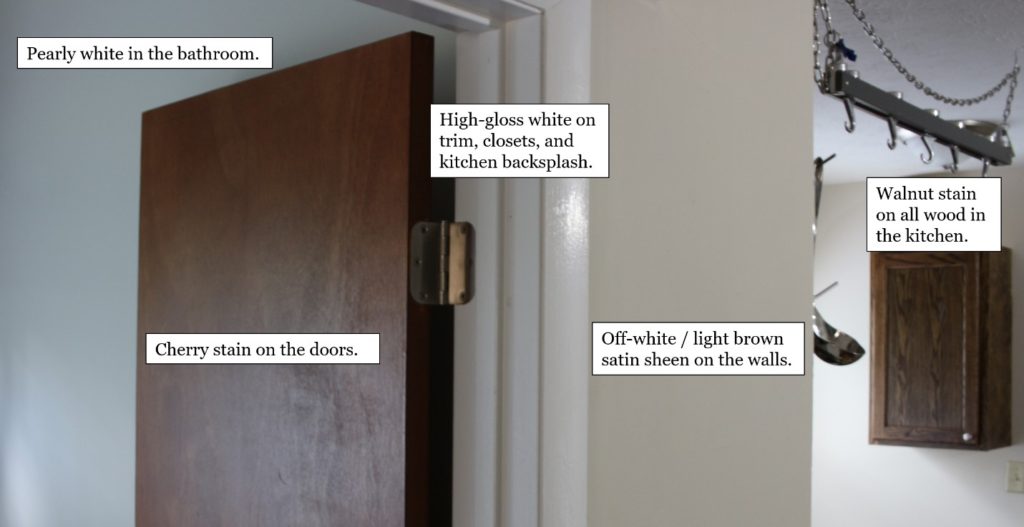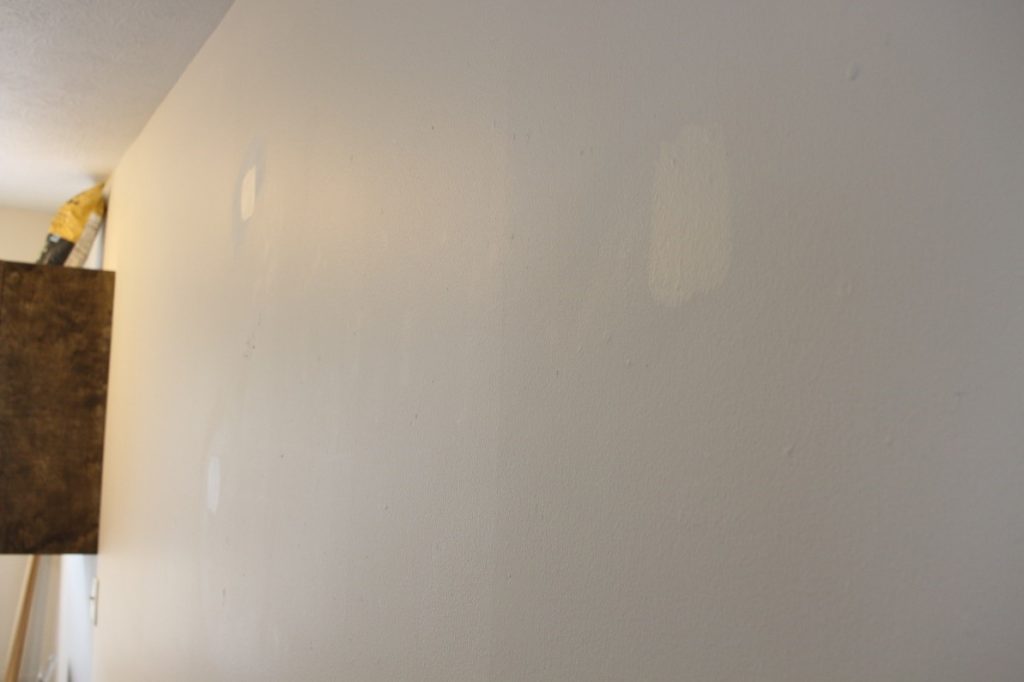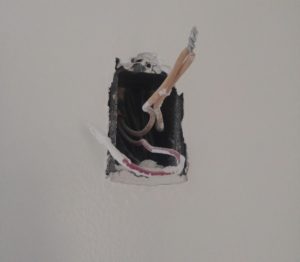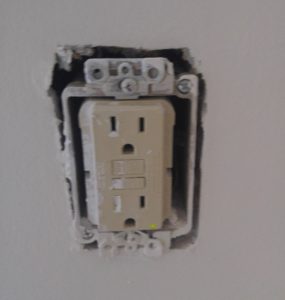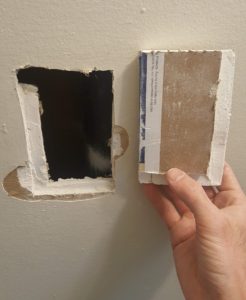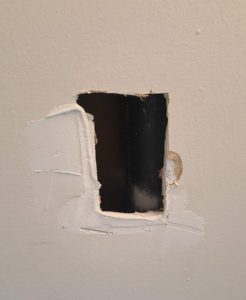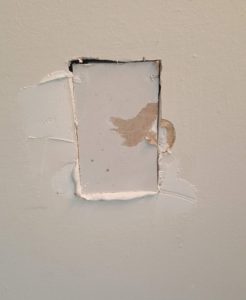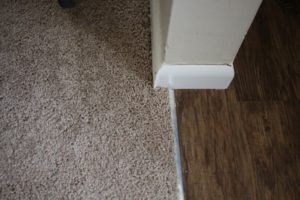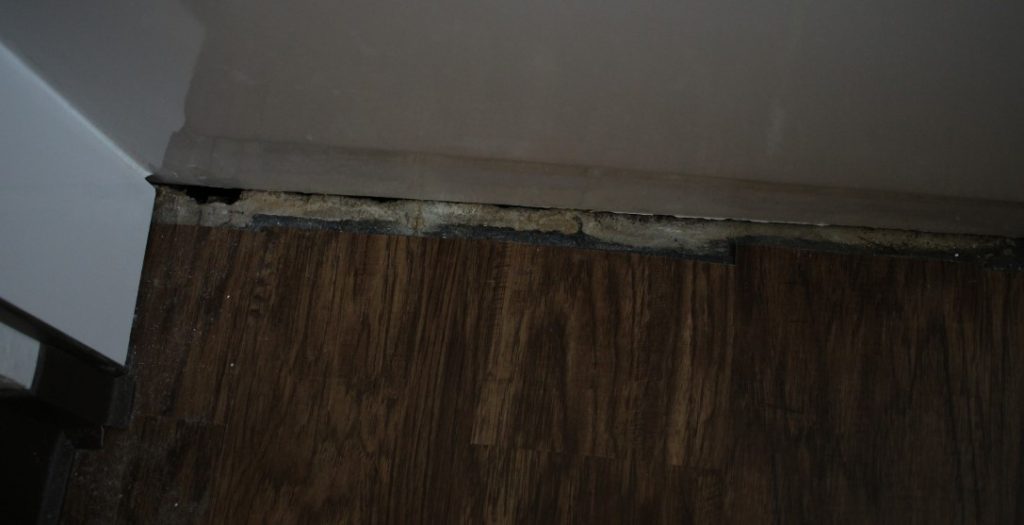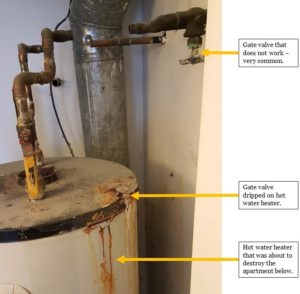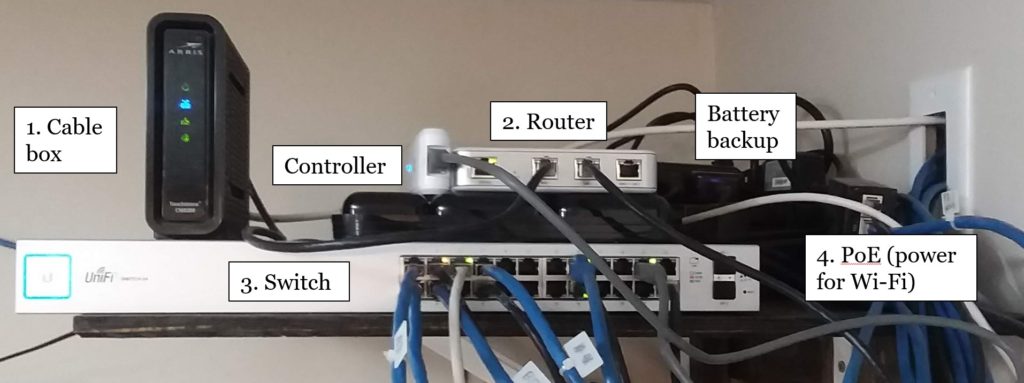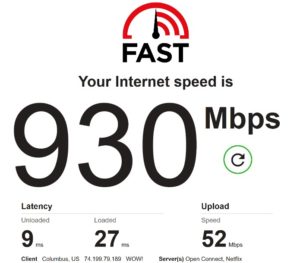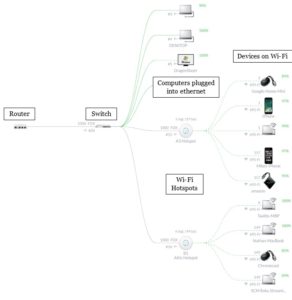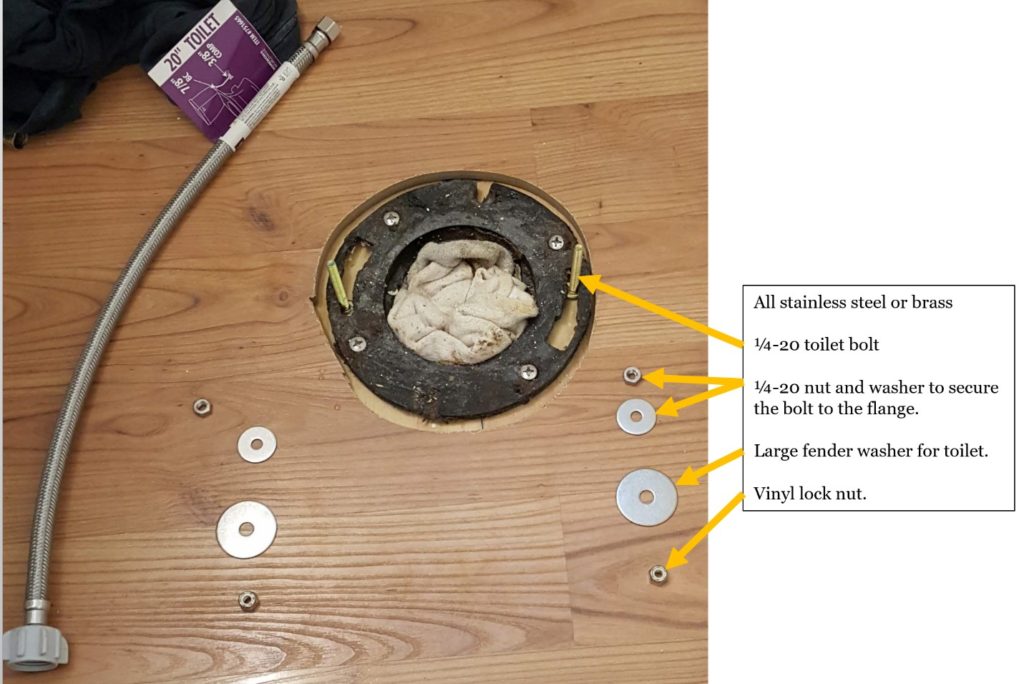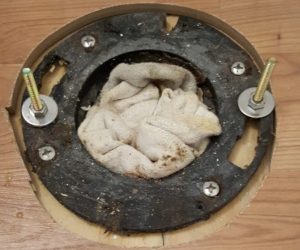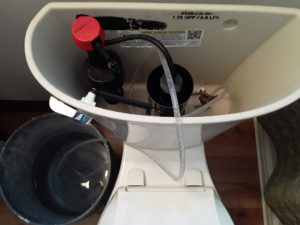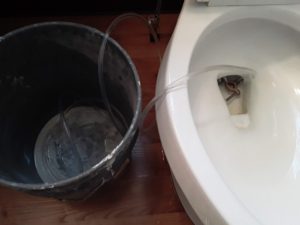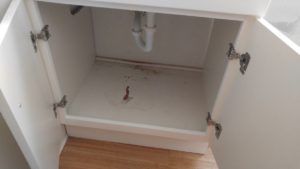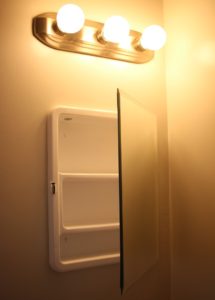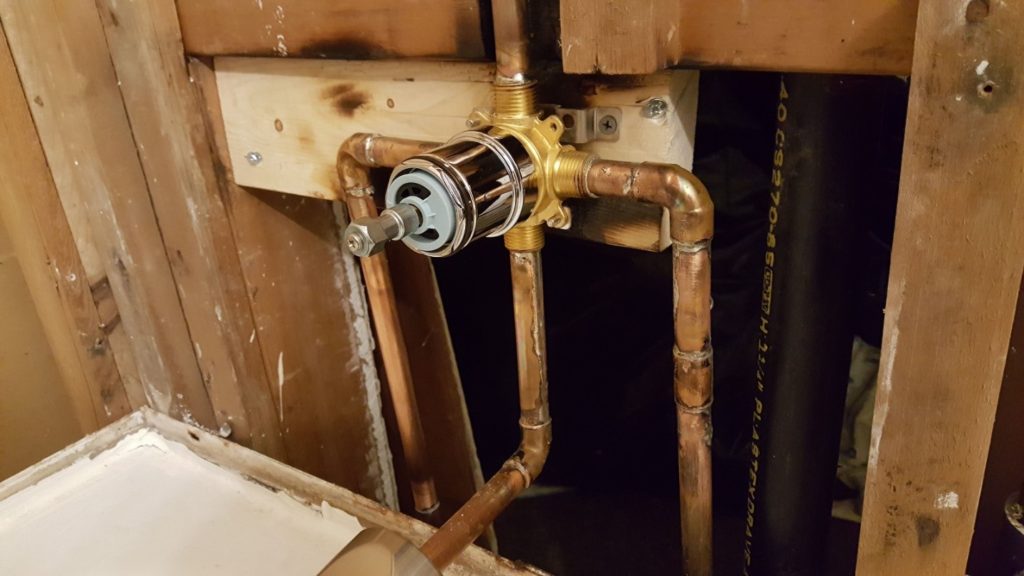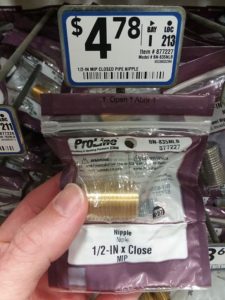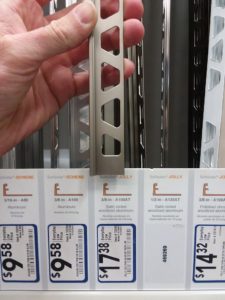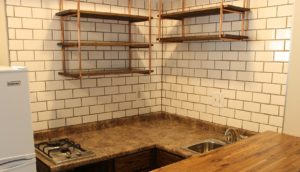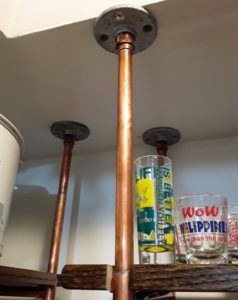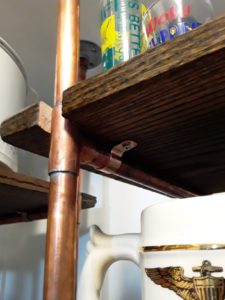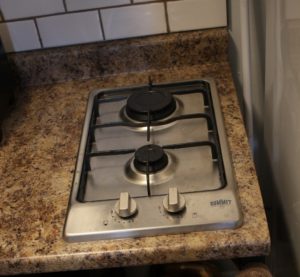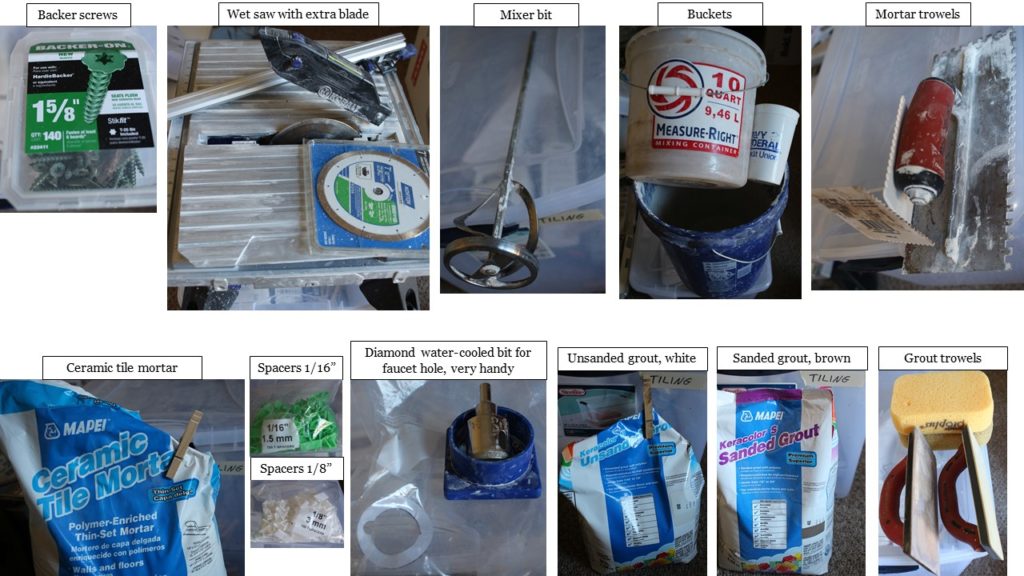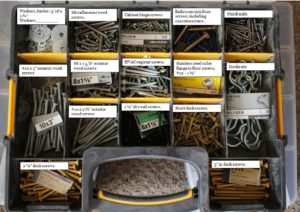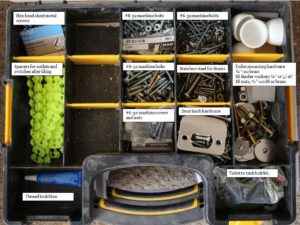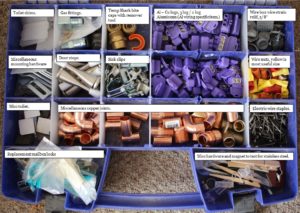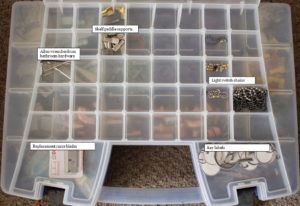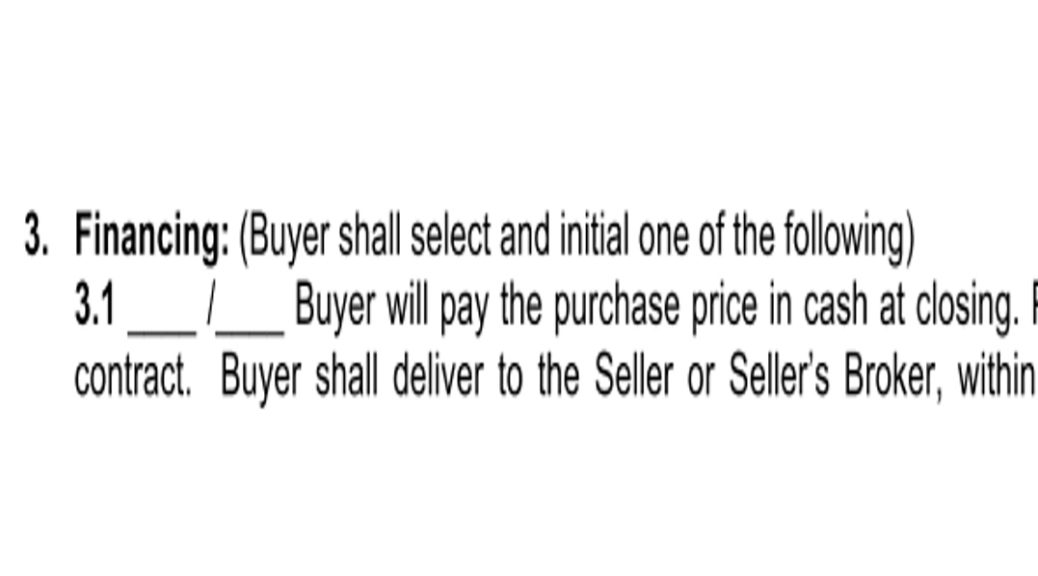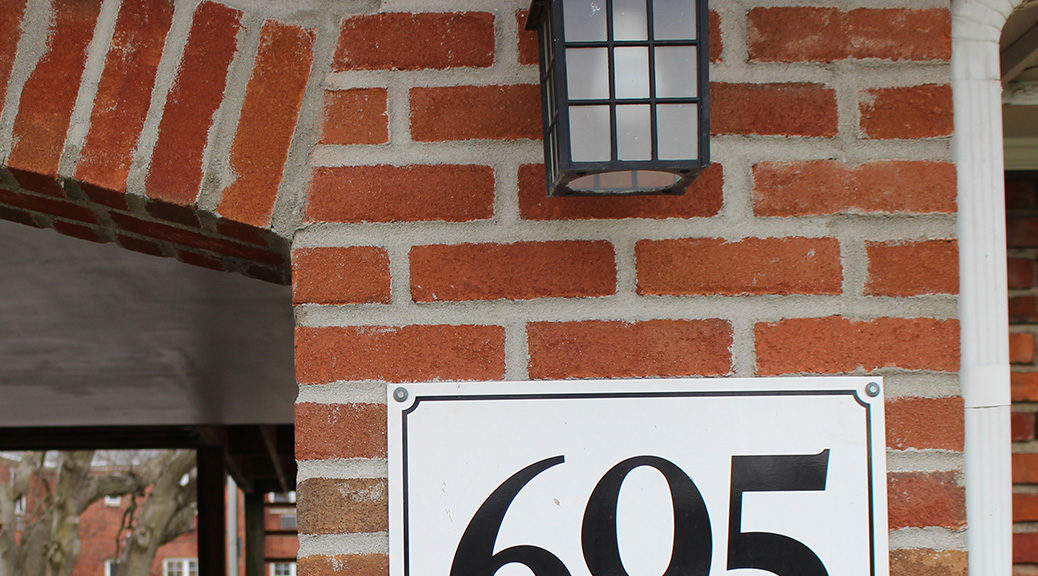There are two main aspects to every offer. The first aspect is the offer amount (=money from buyer). The second aspect is the “strength” of the offer.
Offer Amount
This is very straightforward. No matter how the buyer comes up with the money, the title company will receive the agreed upon purchase price from the buyer / lender / salty loan shark, and distribute the money to all the people to whom the seller owes money in relation to the property and transaction, then the remaining money to the seller. For the amount, it does not matter where the money comes from, it is all the same money to the seller at closing: dollars $$$.
The amount that reaches the seller depends on the seller’s situation, and can be estimated with a Net to Seller, example here. It does not depend on the source of the buyer’s money nor what the money is labeled within the offer.
The only way that an offer of the same purchase price can yield less or more to the seller is if there is another specific amount written on the contract that obligates the seller or buyer to pay something at closing. The most common example of this is, for example:
“Seller to contribute $2000 toward buyer’s closing costs and related fees.”
Let’s compare two offers.
Offer A: $150,000 / $2,000 in closing costs.
Offer B: $148,000 / $0 in closing costs.
Offers A and B are equal in amount because in offer A – though higher than offer B – the title company will distribute $2,000 from the seller’s funds to the buyer at closing. Offer A might be slightly more attractive to the buyer because the buyer brings less cash at closing because of the money being “kicked back” by the seller. To the seller, these offers are essentially the exact same.
Other common examples are when the seller pays for a warranty on the house, usually $500-$600 to a warranty company, or perhaps the seller agrees during the remedy period to pay for some defect that was found on the inspection.
Offer Strength, The Cash Continuum
“Cash is king,” so cash can get you good deals! … This is true, but there are many factors that influence a seller’s decision of whether to accept an offer or not, or which offer to accept if there are multiple. From strongest to weakest, here are the types of offers that a seller can receive, why they are strong / not as strong, and also which types of sellers consider which aspects of offers. Imagine you are the seller in this case and you are receiving multiple offers of the same amount, but with different strength factors:
Strongest
Cash, “As-Is,” No Inspection
This means that the buyer accepts the house in its current condition. The seller need not so much as set foot on the property again, only give the buyer agreed amount of time to arrange his funds (1-3 weeks usually), schedule a closing, then sign the deed to the buyer and receive the money.
Sellers who care: this matters most to a seller who is selling a house for which most banks won’t issue a loan. For example, when floors are not installed (sub-floor exposed), banks often will not lend even if the house would clearly be very valuable with just $2,000 worth of carpet installed. Complete rehabs want cash buyers because they don’t want to wait for the buyer to convince a construction lender’s slow bureaucracy to finance his project.
Sellers who don’t really care: cash is always strong, but for example when a seller is selling a house that is almost brand new, built by a reputable builder in a neighborhood where 3 similar houses have sold recently after passing inspections for near the offered price, the seller doesn’t really care where the money comes from. A cash buyer might be able to close faster, but it is only a difference of a few weeks at most.
Strong
Conventional Financing
This means that the buyer has been pre-approved for a standard loan. Most banks can close within 30 days, and require an appraisal. The appraisal is the primary risk to the seller, and the seller might also care about time to close. Sellers usually prefer banks that specialize in mortgages as opposed to “big banks,” but on a normal deal, either bank will close within 45 days at the most, and usually within 30 days.
“The Cash Continuum”
As we progress down this list, the buyer is bringing less and less of his own cash to the table. More cash is a stronger offer, so sellers are more likely to accept, and also as a general rule, the more cash you bring, the better deal you get from the lender. Most people know about the cut-off at 20% down, where the lender does not require the buyer to purchase Private Mortgage Insurance (PMI), but 20% down is just one of several levels. 10% down gets a slightly better deal than 5% down. “No money down!” loans exist, but they are expensive like credit card loans. There are deals above 20% as well. Banks will often give slightly lower rates to buyers who can bring 30% or 40% down. Most people don’t even consider purchasing with cash only, but still the more of your own cash you bring, the less risk the lender is taking, and the better deal you get.
Not as Strong
FHA Financing
This means that the buyer is getting a loan with help from the Federal Housing Administration. The FHA is a government entity and has inspection requirements and bureaucratic paperwork to complete. These often take more than 30 days, carry risk to the seller, and require more work from both parties to complete. FHA loans are therefore less attractive to sellers and considered weaker offers.
Contingent on the Sale of …
This means that the buyer can only complete the contract and purchase the house if the buyer sells his house first. Agents often advise sellers to turn down these offers (while encouraging the prospective buyer’s interest as much as possible), and remain on the market. However, sometimes sellers will take the chance and accept such an offer for an attractive price (this means it costs the buyer money).
Another option for the seller is to include an “Escape Clause” in the contract that says the seller still has the option to escape from a contract and accept another offer if a second buyer comes along while the first buyer tries to close the sale of his house. Click here for an explanation of the types of contract contingencies / MLS status.
Click here for all real estate posts on this site.


